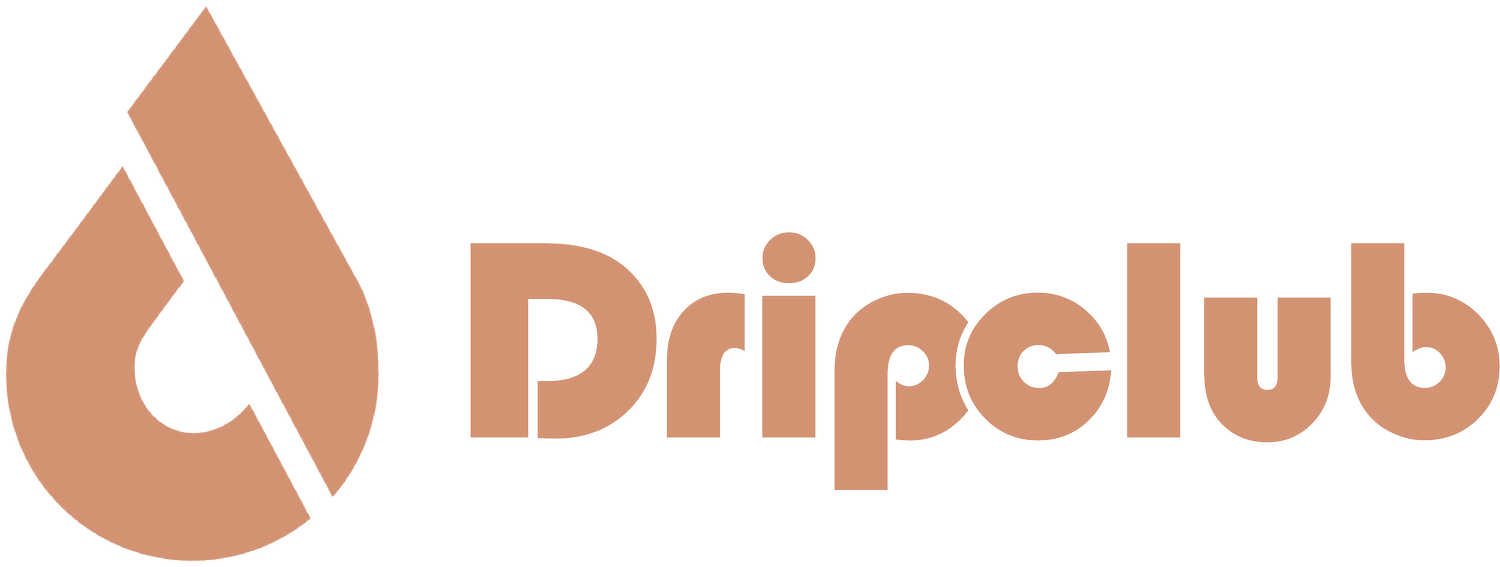What is Wellness?
Wellness has many different definitions, however the best one we have found is:
“the active pursuit of activities, choices and lifestyles that lead to a state
of holistic health.”
The term “wellness” is popping up all over in today’s society. Found everywhere from popular blogs to medical centre websites, the word carries a hazy definition for many. The exact meaning of wellness and its difference from other terms, like “health” and “medicine” does not seem to be well-understood by the general public.
Wellness has a variety of definitions depending on how narrowly or broadly the concept is viewed. To be quite specific, wellness is the state of being healthy, as defined by the Cambridge English Dictionary. However, the word can also be used more nebulously – as a qualifier indicating not only health but also success, happiness, contentment, and even spiritual peace.
Wellness has huge implications for modern life. Wellness is often confused with terms such as health, wellbeing and happiness. While there are common elements among them, wellness is distinguished by not referring to a static state of being (i.e., being happy, in good health, or a state of wellbeing). Rather, wellness is associated with an active process of being aware and making choices that lead toward an outcome of optimal holistic health and wellbeing. When people are living in a state of wellness, they are happy. Their needs – physical, emotional, and spiritual – are being met, and they are enjoying a good quality of life. More and more, individuals are taking the means to achieve wellness into their own hands in order to lead fulfilling, happy lives.
Whatever exact definition is used, wellness always has a connotation of activity. In other words, wellness is pursued. It is not a passive state. One can be healthy by simply being free of disease or injury, but wellness requires active effort.
Another implication of the newfound focus on wellness on modern life is self-improvement. Beyond the obvious and important considerations of diet and exercise are interests like spirituality, mindfulness, gratitude, and alternative preventative health measures, especially vitamins and supplements.
Many of these mental and spiritual self-improvement measures are aimed at reducing stress, a problem that is a growing concern in a number of nations.
As discussed earlier, wellness is about more than just physical health.
Most models of wellness include at least 6 dimensions (and sometimes up to 9 or 12):
· Physical: A healthy body through exercise, nutrition, sleep, etc.
· Mental: Engagement with the world through learning, problem-solving, creativity, etc.
· Emotional: Being in touch with, aware of, accepting of, and able to express one’s feelings (and those of others).
· Spiritual: Our search for meaning and purpose in human existence.
· Social: Connecting with, interacting with, and contributing to other people and our communities.
· Environmental: A healthy physical environment free of hazards; awareness of the role we play in bettering rather than denigrating the natural environment.
One way to understand wellness is to consider health as a continuum that extends from illness to a state of optimal wellbeing.
*The continuum concept is adapted from Dr. Jack Travis’ Illness-Wellness Continuum. Travis is one of the pioneers of the modern wellness movement in the late 1970s.
At the Dripclub, we foster an environment to encourage people to begin their journey to optimal wellbeing. We have many treatments and products to give you to tools to make better lifestyle choices and to support your body to a higher state of wellness. From our nutrient infusions, to colonic hydrotherapy, to a facial. We have something to help you look good and feel better.



